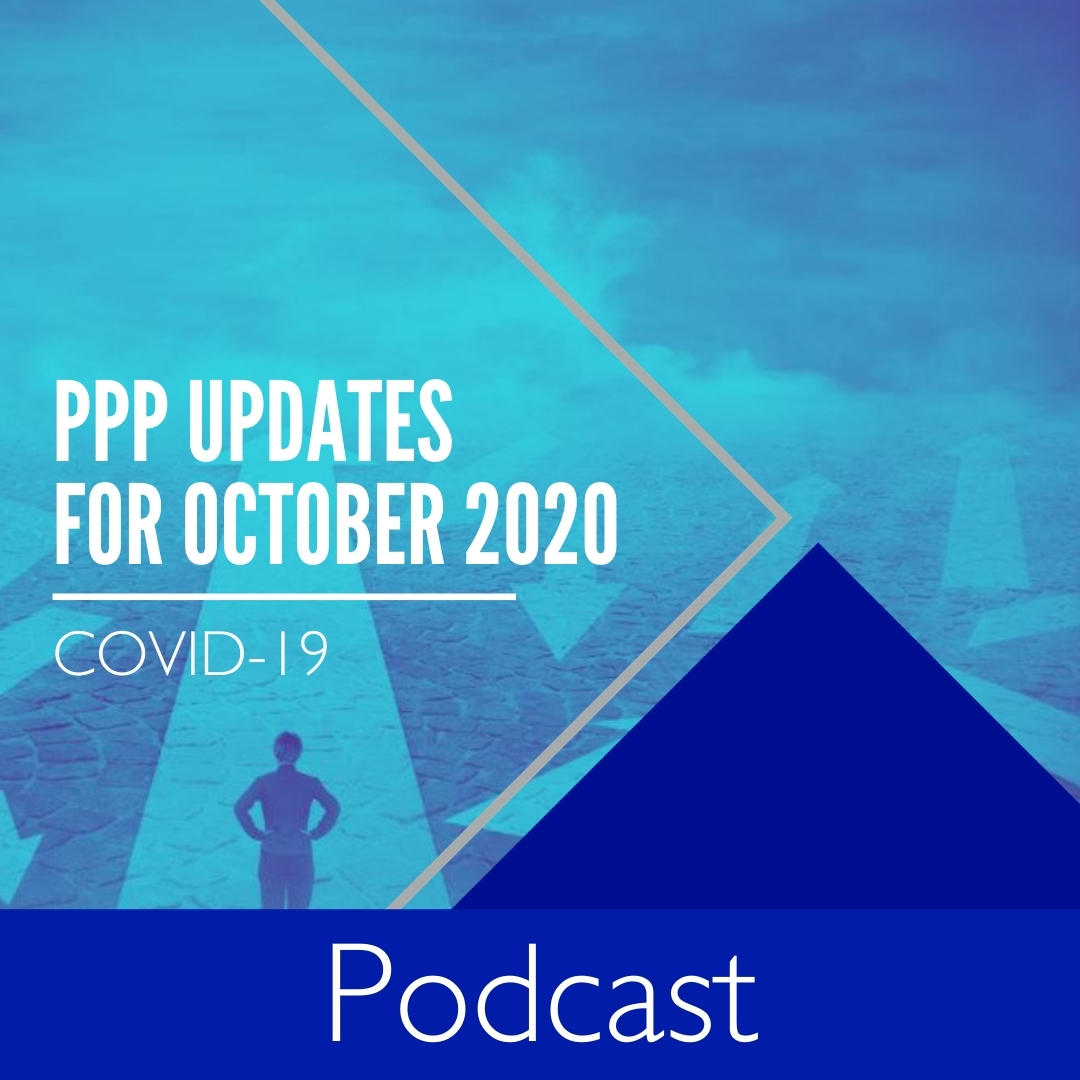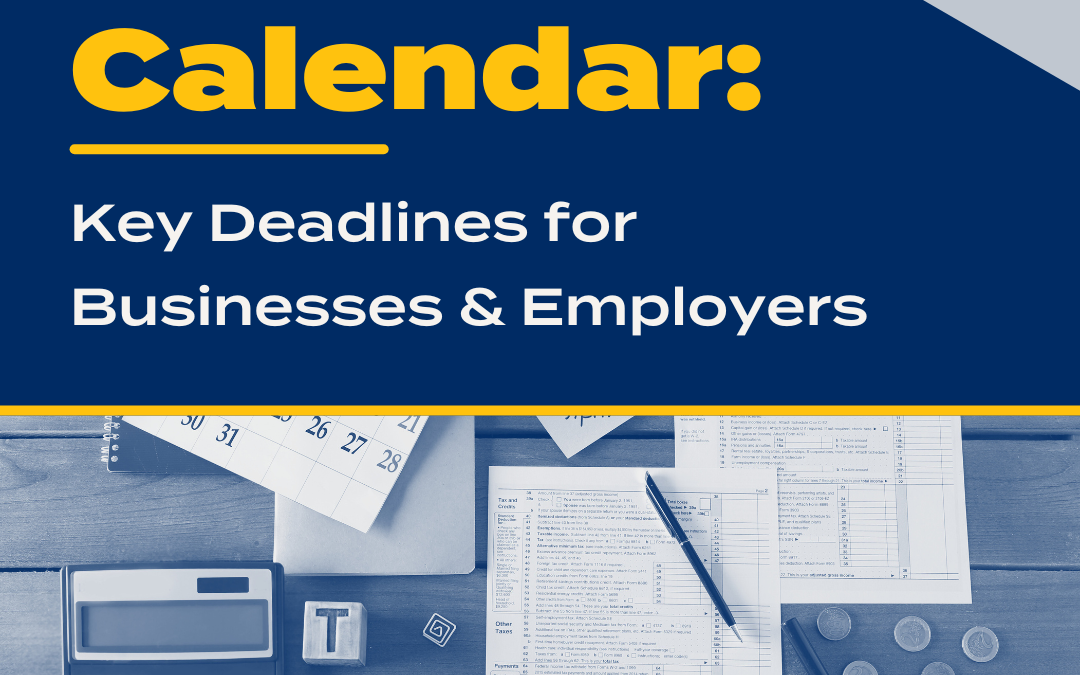Although there’s still a ton of unanswered questions and uncertainty, the guidance issued within the last couple months is starting to refine the [Paycheck Protection Program (PPP)] loan forgiveness process. For many employers, it appears that the loan will still be forgiven, but they may need to rely more on payroll expenses than they initially thought.
Alright, so let’s jump right in to this.
So just a quick reminder: The forgiveness part of the PPP is really based off of payroll, rent, utilities … things like that. So what I want to do today, is I want to talk about the rent part of it.
Now, when we were first having people apply for the PPP loans, we thought that, you know, it would be for all the rent that was paid is what would count toward the PPP loan. Well, we’re finding out now that that’s not the case, because many businesses actually lease space from a related entity (whether it be themselves—you know, in a separate entity) or just someone that they have an ownership relationship with.
And so in this case, forgiveness is not based entirely on rent paid, but actually might be based on the mortgage interest that’s paid by that related party.
So … that sounds complicated. How does that work?
It is. And so really you have three scenarios:
- Let’s say you pay rent and that rent is actually higher than the amount of interest payments that your landlord paid. Well, your deduction (your forgiveness amount) is actually limited to the lower amount of interest paid.
- If the landlord’s interest is actually higher than the rent that you paid, then you get to count the rent that you paid (because of course that’s higher).
- But in the worst case scenario, let’s say that your landlord doesn’t have a mortgage (so they don’t pay any interest). Even though you pay them rent, you get zero amount of expenses to go against that PPP forgiveness.
So, you know, it’s all over the board, and that’s why this is getting complicated.
So, out of quick curiosity, how come we’re just finding out about this now?
A lot of times the IRS just kind of, you know, put out initial guidance when the PPP application process to get the loan was done, and now they’re trying to look at all the different scenarios of, you know, where can people “play games.”
It feels like now they’re backtracking.
And they are. Because I think what happens is all the sudden they think, and they’re like, “Ok, people are going to play games with, you know, owners’ salary; they’re going to play games with related party rent …” So they want to shut those down right away rather than letting them just continue to go. And, you know, sometimes the accountants are our worst enemies—ourselves!—because we’re trying to find the loopholes and they’re trying to close the loopholes.
So when people are figuring rent into their calculation, that’s completely changed now?
It is. So, you know, when the application was done for the PPP loan, businesses used the rent paid as part of that process because—you know, like you said—nobody was aware of these related party arrangements and how the IRS was going to do it.
But the IRS has said that even though your PPP initial amount might have been calculated based off of related party rent and the rules have changed, they’re not going to make you go back and change anything with that initial application.
So how do you know if the rent that was paid, you know, is related to the party …?
So a lot of times, you know, it’s a “greater than 50 percent ownership” or something like that. But the IRS came back on this one and they said any common ownership counts.
So if you have somebody that owns the business and they own one percent of the rental that they’re renting from, that’s now considered “related party.” So essentially any ownership interest kind of limits you on the amount of rent that you can deduct on a forgiveness application.
So—last question … were there other changes from rents from that point of view?
There was. So, you know, one of the things is in regard to subletting.
So companies that pay rent but also sublease some of their space also have reduced costs. Now, this one actually kind of makes sense, because if you’re paying $10,000 in rent and somebody else is paying you $2,500 to lease part of that space from you, you’re really only out $7,500, and so that $7,500 is actually what’s used for the forgiveness.
Sign Up to Receive Email Updates
Be sure you’re getting the latest insights as legislative developments occur. We’re here for you with tax insights and business resources.
Sign Up Now
We Are Here for You
Contact us to talk through the challenges your business faces as you navigate through this unprecedented time. No doubt you’ll need help assessing cash flow and making smart projections, reviewing loan covenants, lining up bridge financing, talking to banks and lenders, figuring out staff loads and employee counts, handling disrupted supply chains, and so much more.
Read An Important Message from Our Firm





